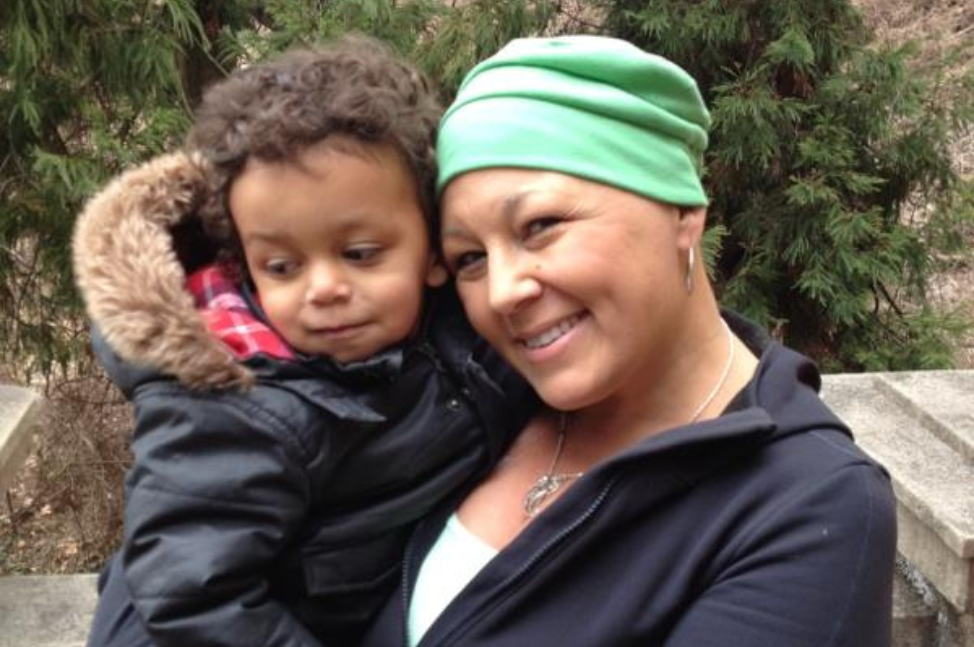The question of prayer’s power in healing has been debated forever, but we finally have the tools to study its effects. The data is limited and depends a lot on patients’ self-reported questionnaires. But there is clear evidence today that prayer does in fact “work.” It’s not a cure or a miracle, but it is a help.
A review of 10 years of studies from the Journal of Family Practice conducted by the U.S. Office of Technology Assessment concluded that 83% of the studies focused on spirituality found it had a positive effect on physical health. Another meta-analysis of 43 studies on people with advanced cancers found overall that patients who reported spiritual well-being coped better with their illness, and were more able to find meaning in their experience.
In one study of 115 women with breast cancer, researchers used the Santa Clara Strength of Religiosity questionnaire alongside the Center for Epidemiological Studies Depression scale, to determine both levels of religious participation (“religiosity”) and depression. They discovered that high religiosity was closely correlated to lower levels of depression. Among 112 women with metastatic breast cancer, researchers found that patients who considered spiritual expression important had more white blood cells and lymphocytes (both signs of a healthy immune system) than the non-believers.
(Source: breastcancer.org)
It makes sense. When we pray, we calm our minds and bodies, we focus our breathing, we feel gratitude — all important parts of our total well-being. And when others pray for us, we feel the connection and community that supports us.
According to researchers at the Heritage Foundation, “we have a logical reason why religion might influence physical health through mental health, through enhancing social support, through influencing health behaviors, all affecting physical health outcomes…Today, 101 medical schools incorporate patient spirituality in their curriculum, up from 17 in 1995. This fact suggests that these principles are being incorporated into medical education.”
So go ahead, give it a try. It might help. And hey, it can’t hurt.








